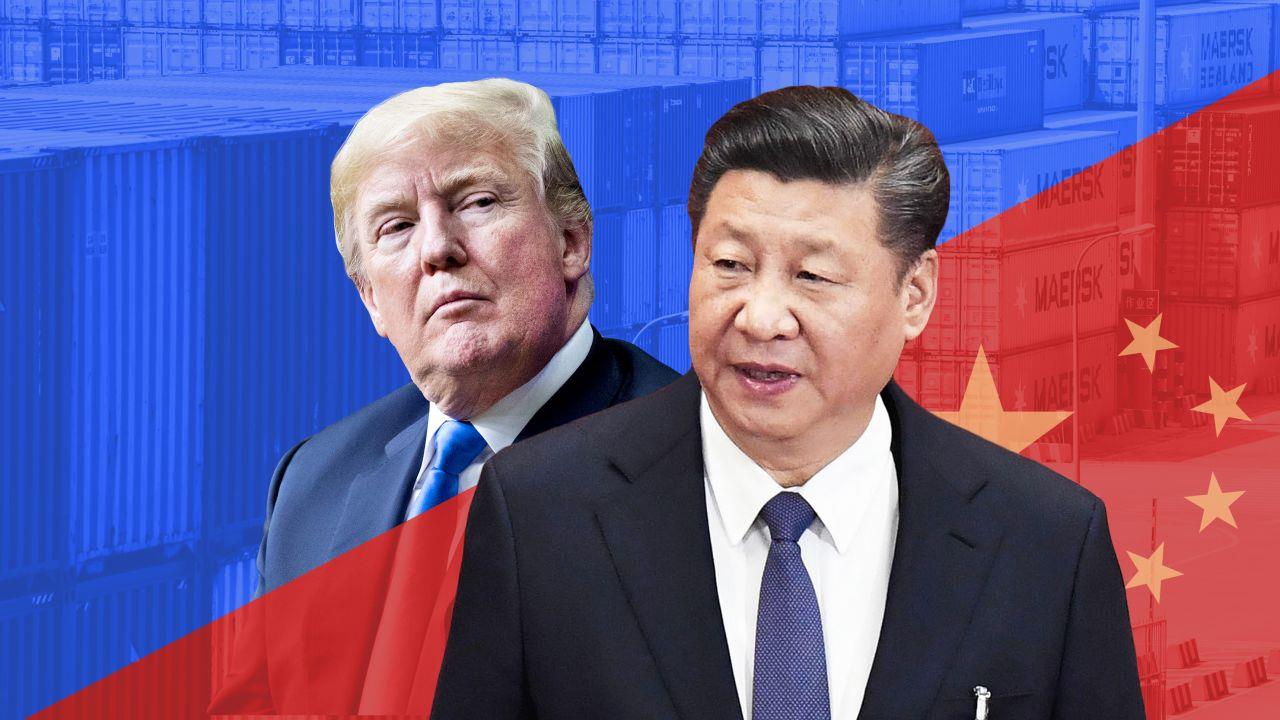
How Trump's Must-Do Trade Deficit Fix Attempts Will Affect China
Over the past 30 years, chronic trade deficits have given the United States a disproportionately high share of world import demand. The United States finances its trillion-dollar trade deficit each year by selling assets (mostly corporate stocks in recent years). Some might say that Trump places too much emphasis on the US trade deficit, or that his preferred solution (tariffs) may not be the best way to solve the problem. But what is unsustainable must come to an end. The United States must change its behavior, and this will have important implications for China.
The US current account deficit of $800 billion corresponds to the trade surpluses of Japan, China and Germany with the US. To be sure, China's direct exports to the US have fallen from 8% of GDP in 2007 to just 2.3% last year (in dollar terms). Today, China exports more to the global South than to all developed countries combined, but a large part of China's exports to the global South are dependent on those countries' exports to the US.
The United States has the largest current account deficit among the above countries. The vertical axis is the data for 2023, in billions of US dollars
.
The U.S. net foreign investment position, the difference between foreign assets owned by Americans and U.S. assets owned by foreigners, is now negative $24 trillion, compared with negative $18 trillion when Trump left office. Meanwhile, the federal debt has grown to $35 trillion, larger than the nation's GDP. Both trends reflect the Biden administration's failed policy of borrowing to stimulate consumption and trigger massive imports. Under Biden, the U.S. net foreign investment position has fallen at a record pace.
The historical changes of the US net foreign investment position (blue line) and the federal government debt (red line). Unit: trillion US dollars.
American consumers have long been the main provider of global demand. That is unsustainable, no matter who is in the White House. Over the past few years, the United States has financed its trade deficits primarily by selling stocks to the world. Foreign official institutions stopped buying U.S. Treasury bonds in 2012. Since 2020, most of the new federal debt has been financed by U.S. financial institutions, a potentially unstable arrangement. A decline in U.S. stocks could make U.S. assets less attractive to foreigners, and U.S. financial institutions cannot pay for a government deficit of 6% of GDP forever.
What does this mean for China?
Seasonally adjusted comparison of China's exports to the Global South (blue line) and U.S. imports from the Global South (excluding China) (red line). Unit: million USD/month.

Legal Disclaimer:
MENAFN provides the
information “as is” without warranty of any kind. We do not accept
any responsibility or liability for the accuracy, content, images,
videos, licenses, completeness, legality, or reliability of the information
contained in this article. If you have any complaints or copyright
issues related to this article, kindly contact the provider above.





















Comments
No comment